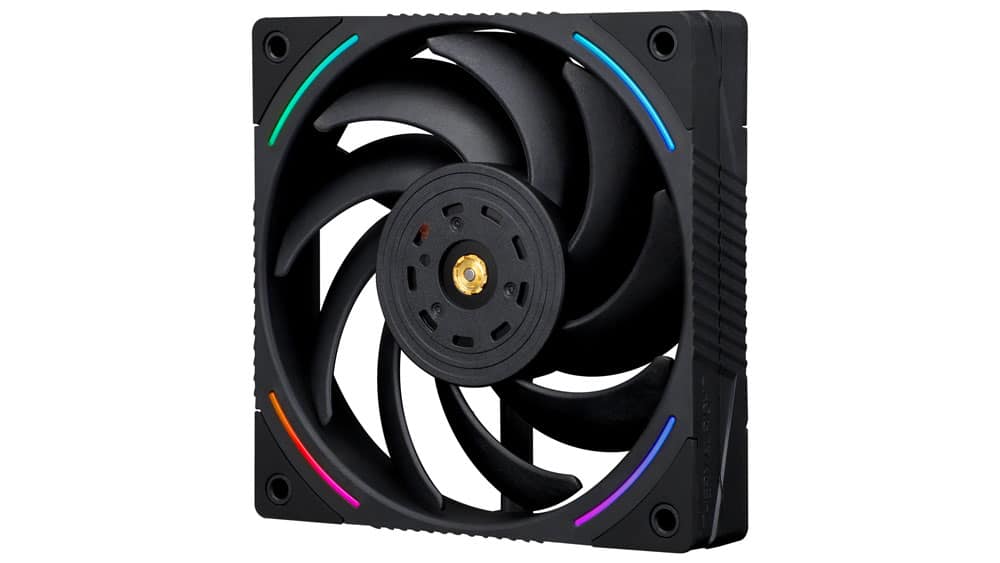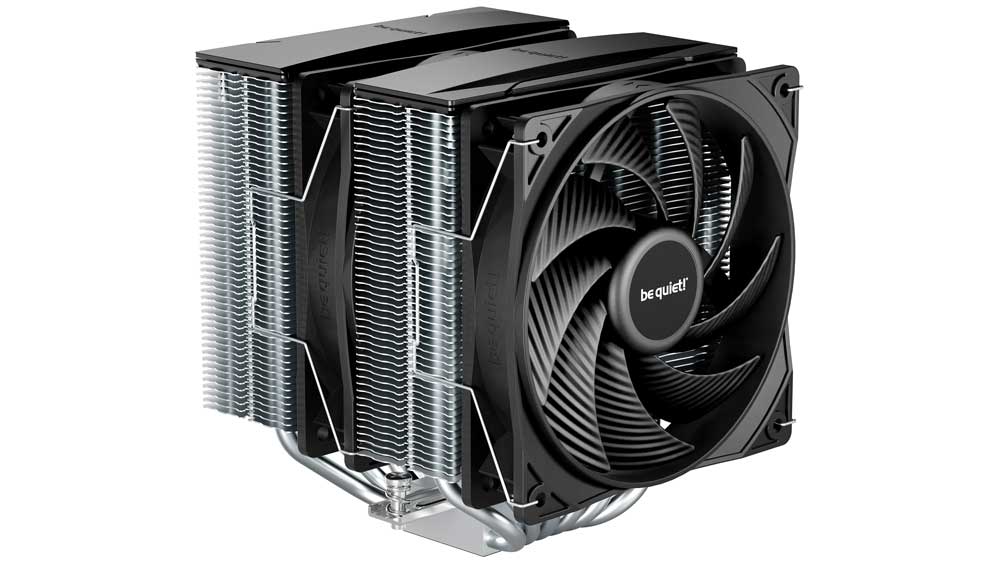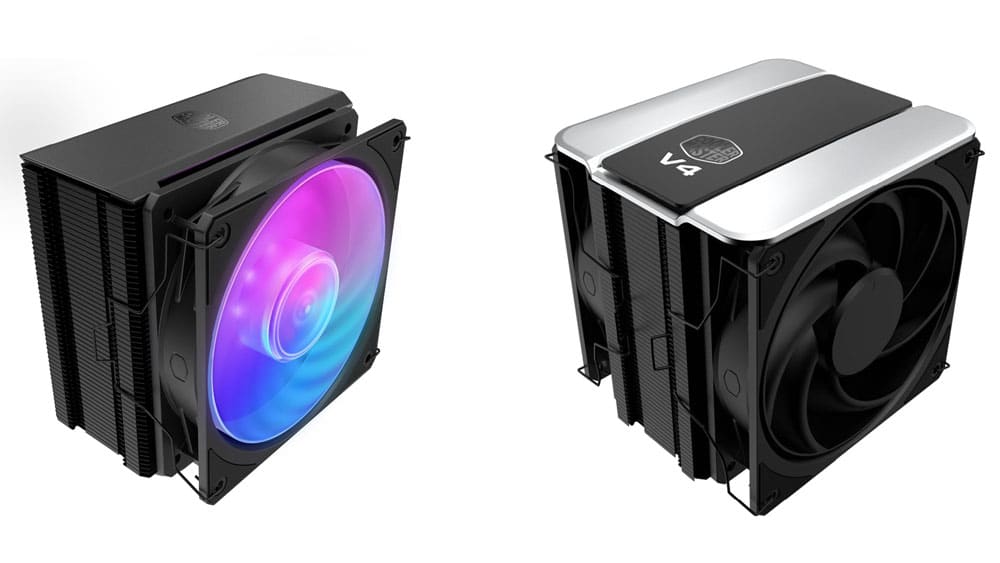Advertised Vs. Real Performance
This is probably the most crucial page, as it demonstrates the accuracy of the data provided by manufacturers and brands regarding their products. Since nobody could verify these numbers so far, it was an open field for every brand to declare whatever it wanted, but this stops now. I should also note that I strictly follow the specific guidelines (ISO7779: 2018) for taking noise measurements in information technology and telecommunications equipment.
A note here about the power consumption numbers: so far, I have noticed that most brands provide power consumption information without specifying the precise fan operation, whether it is operating at maximum airflow, maximum static pressure, or a state in between. The fact is that when the fan is under load, meaning that it delivers its full static pressure, its power consumption increases. This is why, if there is no information on the fan’s operating conditions, I will compare the advertised power consumption with the readings I have at 100% fan speed with an obstacle (max static pressure) and without (max airflow). If there is power consumption information indicating the fan’s operating condition, I will provide the corresponding results I obtained.
In the table below, anything in Red means bad news, while the Blue fonts indicate good news.
| Performance Metric | Advertised Performance | Real Performance | Difference |
| Max Speed (RPM) | 2150 | 2140 | -0.47% |
| Max Input Current (A) – Max Airflow | 0.16 | 0.138 | -13.75% |
| Max Input Current (A) – Max Static Pressure | 0.16 | 0.157 | -1.88% |
| Max Power (W) – Max Airflow | 1.92 | 1.656 | -13.75% |
| Max Power (W) – Max Static Pressure | 1.92 | 1.884 | -1.88% |
| Qmax (CFM) | 69 | 63.74 | -7.62% |
| Pmax (mmAq) | 2.87 | 2.50 | -12.89% |
| Max Noise Level (dBA) | 27.0 | 34.4 | +7.4 dBA |
Official Specifications Accuracy
- Power Requirements: Lower than Advertised.
- Airflow: Lower than Advertised.
- Static Pressure: Lower than Advertised.
- Noise: Higher than Advertised.



I highly doubt this fan has any sort of proper “FDB” bearing. Especially not at this price point. I’ve disassembled one C12B fan before and the claimed “FDB” was actually just a rifle bearing.
They’re just like Arctic in this matter.
True, real and proper “FDB” bearing with long endurance would by itself raise the cost by 15-20$, mainly due to the need of QA.
If you go after cheap fans, don’t expect them to last and your wallet will keep crying. Now, i’m not saying: “go for most expensive stuff”, i’d rather say: “manage your expectations”. The more you’ll keep buying these junk fans, the more e-waste will be created.
They provide a photo on the product page on Amazon of a true FDB.
https://m.media-amazon.com/images/S/aplus-media-library-service-media/05af079a-6510-4fc4-b6b6-35a9435214c8.__CR0,0,970,600_PT0_SX970_V1___.jpg
I’ve love to see how the Fractal Momentum 12 and 14 fans fare. Are they really top-tier like other reviewers say?
I installed three Momentum 14 (without RGB) fans on the front of a Phanteks P600S and had to return them because they generated a very annoying buzzing noise below 900 rpm. It’s a shame because I was hoping they would be high-quality fans. I finally installed three Corsair RS140 Max fans and I’m delighted because they move a lot of air and if you keep them below 1000 rpm, they are quiet enough.
RS140 Max are top, but bloody expensive. You get at least what you paid for (or a part of it ok)
Will you test the new Arctic P14 Pro fans? They claim to have higher CFM and Static Pressure than P14 Max fans.
Yes